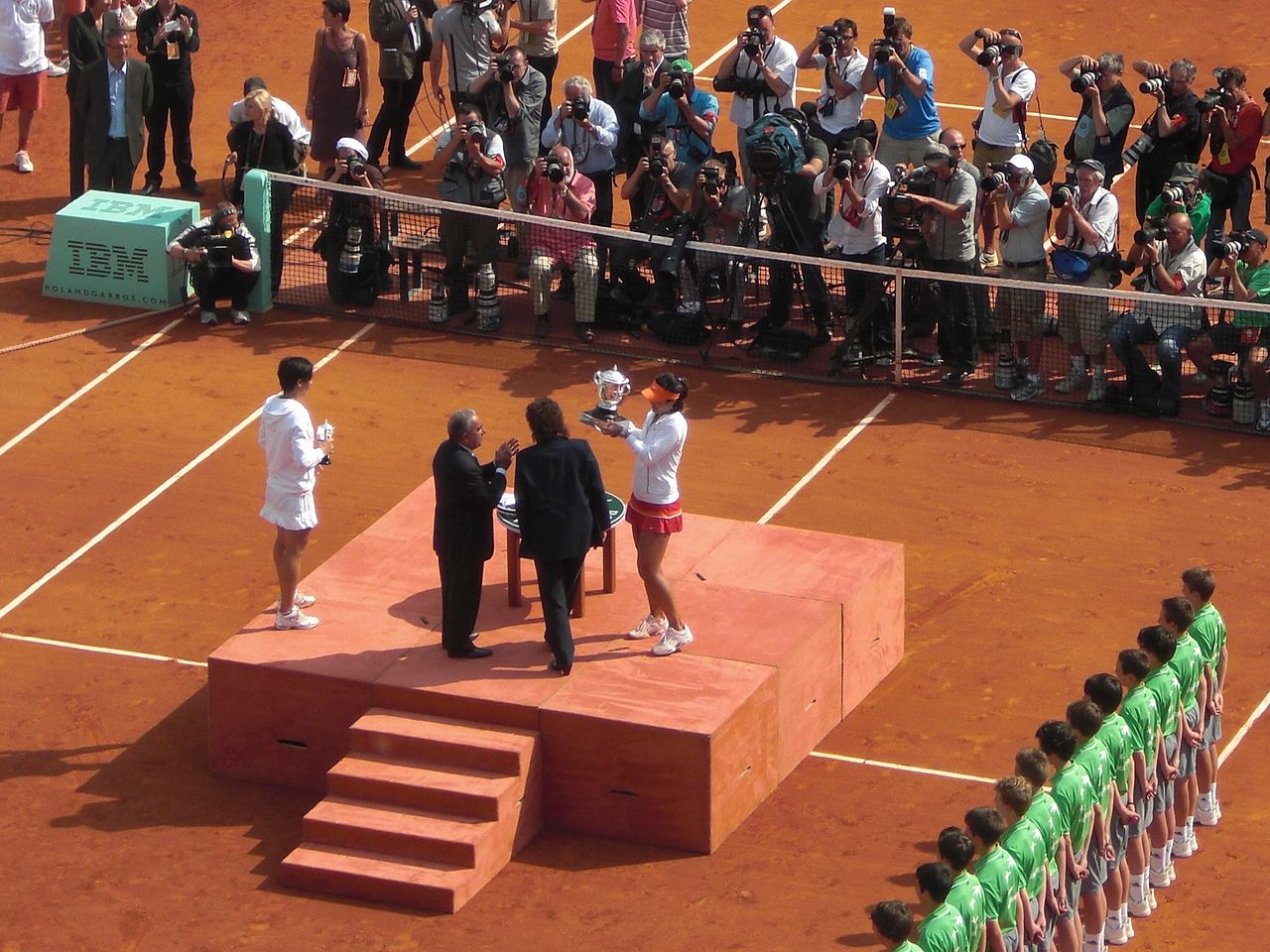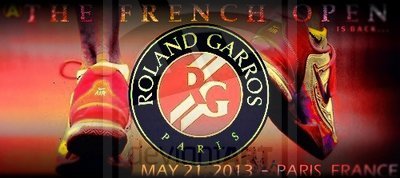 The world’s star tennis players are set to go head to head at Roland Garros until 8 June 2014. The matches, which turn the heads of over 400,000 spectators, attract almost 1,300 journalists of 50 different nationalities every year.
The world’s star tennis players are set to go head to head at Roland Garros until 8 June 2014. The matches, which turn the heads of over 400,000 spectators, attract almost 1,300 journalists of 50 different nationalities every year.
Given the sheer number of languages spoken at the event, translators and interpreters play a vital role. All press conferences are transcribed by stenotypists in French and English, as are the interviews with players, their post-match statements, and even behind-the-scenes footage is broadcast around the world.
The French Open at Roland Garros
The French Open was set up in 1925 to replace the French Championships, which had been reserved solely for French clubs since it was introduced in 1891. During the early years, the tournament would alternate between the Stade Français and Racing Club de France venues.
Then, in 1927, when Jacques Brugnon, Jean Borotra, Henri Cochet and René Lacoste – aka “the Musketeers” – won the Davis Cup in the United States, the Stade Français handed over some land to the French Federation of Tennis, to build prestigious backdrop for the return game.
Émile Lesieur, President of the Stade Français set a condition: the venue should bear the name of his friend Roland Garros, a pioneer in aviation, who died ten years previous.
And so the Roland Garros stadium went on to host the first French Open in 1928.
Roland Garros: the man, the legend…
A multi-talented man, Roland Garros changed the face of civil and military aviation.
Born on 6 October 1888 in Saint-Denis, Réunion, he studied at a top French business school, before joining Automobiles Grégoire. He opened his own car dealership in Paris in 1909.
The very same year, he discovered his love of flying and bought his very own aeroplane. He rubbed shoulders with some of the world’s biggest names in aviation, becoming a test pilot for the aircraft manufacturer Morane-Saulnier.
Roland Garros loved sports. He was a French cycling champion at the tender age of 18 and he enjoyed playing rugby and a spot of tennis. He became a member of the Stade Français thanks to his friend Émile Lesieur, an athlete and rugby player, who went on to manage the club.
On 23 September 1913, Roland Garros went down in history as the man who successfully crossed the Mediterranean in his Morane-Saulnier H aircraft , flying from Fréjus in the south of France to Bizerte in Tunisia.
He was an engineer with real flair and went on to develop a synchronisation device for firing through the tractor propeller of a fighter plane.
In 1914, he became a fighter pilot, joining the war effort. He was captured by German forces in 1915 and then went on to escape in 1918 to once again take up arms. On the eve of his 30th birthday, on 5 October 1918, his fighter plane was shot down near Vouziers in the Ardennes area. This was to be his final resting place.
Roland Garros… What better name than a pioneering aviator’s for a venue playing host to sportsmen and sportswomen from around the world.
CG Traduction & Interprétation at sporting events
Several French and international sports institutions call on the services of CG Traduction & Interprétation, including: the French Football Federation, the French Rugby Federation, the French Judo Federation, the French Badminton Federation, Eurosport, Olympique Lyonnais Football Club, the Stade de France consortium and the French Olympic Committee, amongst others.
Are you organising a sports event? Our translators and interpreters boast specific expertise and know the ins and outs of every sport, making sure you get the most out of your sports event.
Please do not hesitate to contact us.


